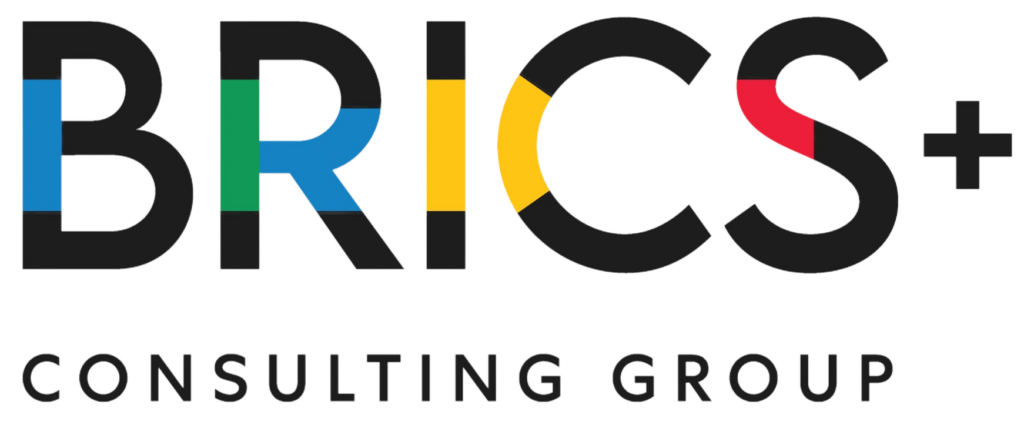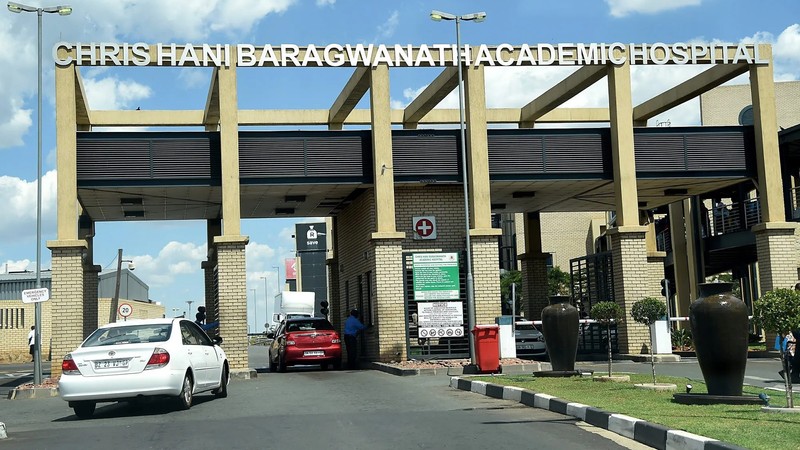Synopsis: South Africa’s healthcare system faces a crisis, with 84% of the population dependent on underfunded and resource-limited public services. As debate on the National Health Insurance (NHI) intensifies, this analysis explores bridging the public-private healthcare divide while addressing major health challenges like HIV/AIDS. Can South Africa achieve equitable South African healthcare for all amidst billions in tax rebates and new private medical facilities?
An Unequal Healthcare System: Public vs. Private
The South African Public Healthcare system is relied on by the majority of the population, while few people have access to medical scheme coverage that allows for private healthcare access. A small number of individuals use both systems.
The situation has deepened Healthcare inequality as access to private healthcare is determined by financial capacity defeating the purpose of a just, equitable society–substantiating, to a large degree, the idea of a National Health Insurance (NHI). South Africa has some of the most experienced departments for communicable diseases with specific focus in HIV/Aids treatment.
Staff Shortages and Overburdened Hospitals
South Africa’s Public Healthcare System is often laboured by a high patient to health practitioner ratio, resulting in an overburdened system. Although the government contributes considerably to healthcare, much attention still needs to be given to resource allocation and investment into the Public Healthcare System. South Africa is known as the advocate for human rights and social justice due to its inhuman past. Around 84% of the population relies on public health services, while 16% rely on private Medical aid schemes. It is this acknowledgement that drives the NHI.
Will the National Health Insurance (NHI) System Fix the Problem?
The rationale for the NHI is not necessarily a belief that a lack of funding exists but that resources are concentrated within the private medical sector. Currently the state subsidises training of doctors, nurses and other healthcare practitioners for both the private and public spheres. The government also subsidises many employees who are part of various public sector medical aid schemes. Lastly, taxpayers receive tax rebates for medical aid expenses incurred, the last available data suggests this to amount to approximately R37 billion, which benefits private healthcare providers. The resources provided thus can be more equitably managed combining the strengths of both the public and private sectors.
The Role of NGOs and Medical Research
The South African Medical Research Council (SAMRC) is world renowned for its disease research, particularly HIV/AIDS and other communicable diseases. With 42.3 million deaths from HIV related diseases, it still presents a significant global health challenge. The National Burden of Disease study found that four leading
causes of death in South Africa are: (1) HIV/AIDS and TB; (2) Non-communicable diseases; (3) Injuries; and (4) other Type One conditions. This substantiates the South African agenda and research oriented approach to treatment and resource allocation. There are a number of Non-profit organisations and private donors promoting the healthcare funding of these diseases, however it is inefficient as popular need often exceeds available resources.
Healthcare Funding Woes: A Struggling Healthcare Budget
South Africa faces many healthcare financing and resource allocation issues. Budget cuts, limited fiscal capabilities, and mismanagement meant that resources were stretched. By November 2023 149 new private healthcare medical facilities have been commissioned. Although this sounds good, the consistent need for resources and operational costs often exceeds the allocated budget. This is
illustrated by many financial pressures leading to increased debt accrual and delayed payments to suppliers. Thus, within the South African healthcare system exists a more immediate need which is met by the utilisation of finances for future allocations, forcing the prioritisation of certain services, while suspending others. The obvious and more efficient way to address these challenges are thus from a pooling of funds which is brought forth by the NHI as one alternative.





